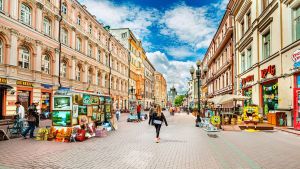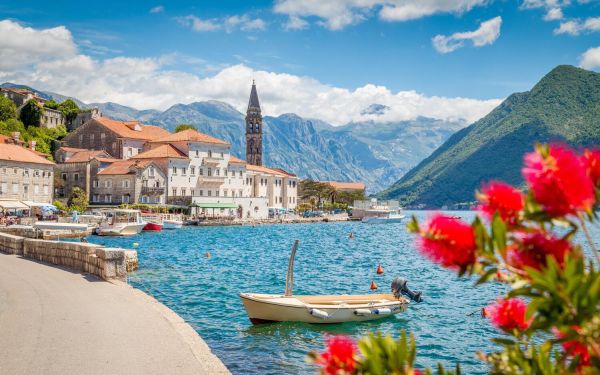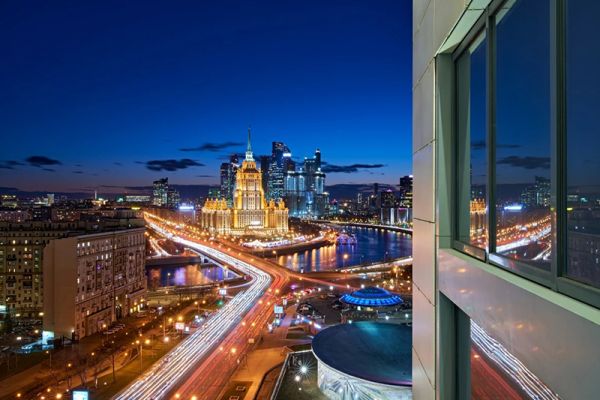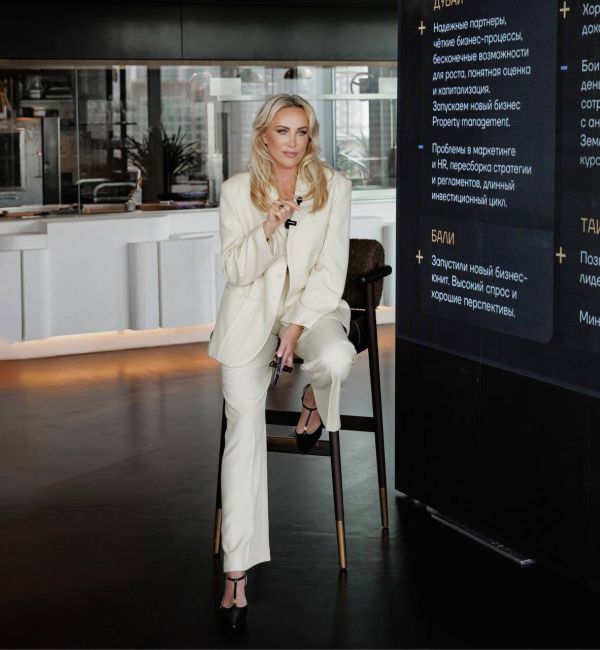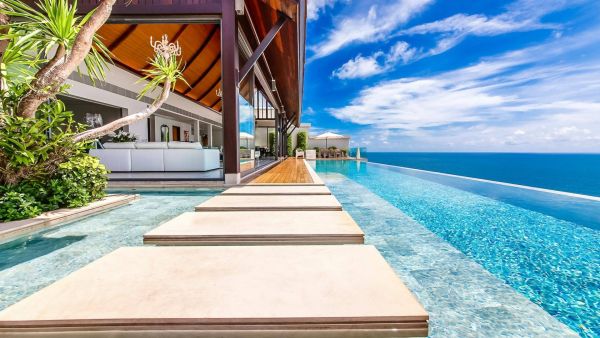How will the ruble depreciation affect the real estate market in Moscow?
Olga Guseva, Commercial Director of "MIG-Nedvizhimost" Group:
The depreciation of the ruble in the secondary housing market may result in a slight increase in prices, within the range of 3-5%. The increase in transactions in December-January caused a price increase, but I do not think that this increase will be long-lasting. According to my forecasts, prices will return to their previous level by April-May.
The exposure period has increased, and the price range has also widened, but in 2013, prices practically did not rise. I don't expect a growth of more than 5-7% this year.
Overall, I would consider investing in real estate with a minimum timeframe of two years, or thoroughly examine projects from the perspective of not only preserving savings but also generating profit.
Olga Markova, Marketing Specialist at "Peresvet-Invest" Company:
In the secondary housing market of the capital, the offering price in January of this year was 236,208 rubles or $6,749. The price decreased by 1.1% in rubles and by 5.3% in US dollars. The exchange rate of the dollar in the WinNER real estate database increased by 4.5% during the month.
Compared to December 2012, the dollar price per square meter decreased by 15.6%, in rubles - by 3.2%. The exchange rate of the dollar in the WinNER real estate database increased by 14.8% during this period.
How did the currency fluctuations affect the luxury real estate market?
Ekaterina Rumyantseva, Chairman of the Board of Directors at Kalinka Real Estate Consulting Group:
The volume of investment transactions in the range of $5 million and above remained at the same level. This is explained by the fact that buyers of apartments worth 1.5-3 million are usually owners of medium-sized businesses or top managers of large corporations in industrial sectors, who faced difficulties in 2013.
The depreciation of the ruble began in May 2013. Most developers in this situation preferred to tie prices to the dollar - with the weakening of the ruble, this is the most obvious solution. At the same time, some projects that have prices tied to the dollar increased by 5-7% during 2013, and the average price increase in dollars for all new projects was 2.8%. To maintain demand, developers are willing to offer small discounts and sell properties at a fixed exchange rate.
Prices in rubles increased by an average of 12% during the year, and for some successful and fast-paced projects, prices increased by 15%. Taking into account inflation and the depreciation of the ruble, this means that prices are essentially stagnant.
Tatiana Sharova, Head of Project Consulting and Analytics Department at Welhome Company:
Regarding the luxury primary real estate market, according to the results of the first month of 2014, the most in-demand apartments were those with an area of 101 to 200 square meters and a price range of 1 to 2 million dollars, accounting for about 55% of the total number of requests received by Welhome Company. According to experts from Welhome Company, in the first quarter of 2014, the price increase for primary luxury real estate in Moscow may be around 3%.
How did the depreciation of the ruble affect the suburban real estate market?
Alexander Dubovenko, Founder of GUD VUD Company:
It is difficult to draw precise conclusions at the moment. I wouldn't call the depreciation of the ruble a collapse, it is happening moderately, so it is beneficial for the suburban real estate market because deposits are becoming less relevant due to the instability and depreciation of the ruble. Inflation, of course, increases due to such exchange rate fluctuations, which automatically affects the main competitors of suburban real estate - foreign real estate, which has become more expensive along with the currency, and bank deposits, where you simply put money in the bank and do nothing. Both of these competitors are currently declining. Money will naturally flow to us.
We are observing an increase in demand, but we cannot say that it is something resembling 2007. At best, it may be slightly better by 5% to 10% than in some post-crisis year. In the worst case, we will face another economic crisis. We do not make forecasts because it is a thankless task, but we are prepared for both scenarios, and they both suit us.
Can we predict how property prices will change in the coming months?
<
Read also
Stay up to date with the latest news
We promise to send only interesting and important articles.
